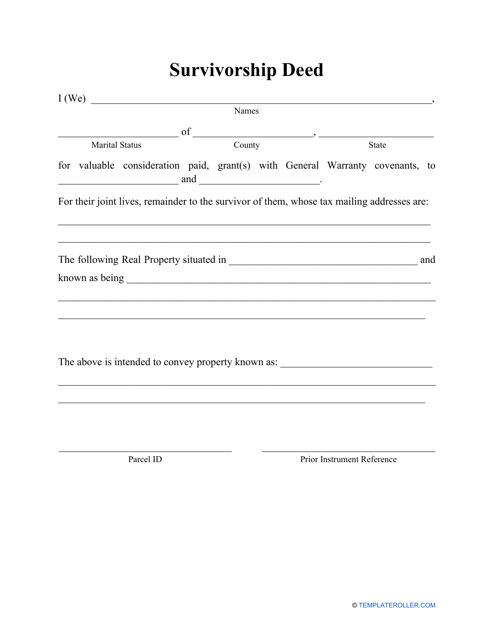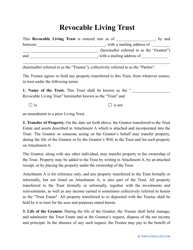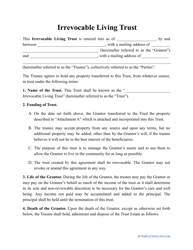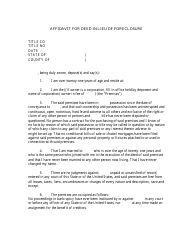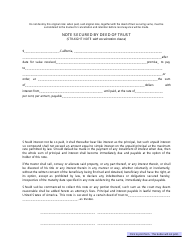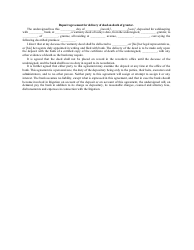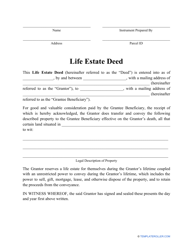Survivorship Deed Form
What Is a Survivorship Deed?
A Survivorship Deed is an estate planning document recording the agreement of co-owners of the property: when one of them dies, the title on the property they owned jointly transfers to the co-owner who survived. This tool is especially important if you share the property with your spouse or children and want to avoid a tiresome and challenging probate process - the co-owner of the property automatically becomes the sole owner after the other individual's death.
A printable Survivorship Deed Form can be downloaded through the link below.
As long as your document clearly indicates that it represents a "Joint Tenancy with Right of Survivorship," it will permit a title transfer from one individual to the other in the event of the first joint tenant's death. To make your Deed valid, both parties need to sign it in the presence of a witness and obtain a notary seal from a notary public. Finalize the Deed by submitting it to your local county recorder.
How Does a Survivorship Deed Work?
In most cases, Survivorship Deeds take precedence over wills if these documents have different directions in them - the property is distributed based on the right of Survivorship recorded in the Deed. However, it is possible to contest the validity of a Survivorship Deed if the wording is not clear enough - this way a will that gives the property to named beneficiaries has greater legal force.
Usually, the form is short and easy to prepare, and you can use this document to move property - notably, real estate - between relatives as a step of the inheritance plan. As a rule, a Joint Survivorship Deed includes personal details of the grantor and grantee, consideration (a nominal price the grantee gives to the grantor for the ownership interest - you can just add a small amount, for instance, $1,00), a full description of the property parties own jointly, and their signatures.
Survivorship Deed Vs. Warranty Deed
A Warranty Deed is a more complicated concept than a "Joint Tenancy with Right of Survivorship Deed." It is traditionally prepared and signed by parties who do not have a close personal relationship, unlike a Survivorship Deed completed by spouses, parents, and children, or long-time friends to safeguard their property rights. A Warranty Deed implies a variety of warranties - the grantor must pledge they own the property clear and free of liens, mortgages, and claims from third parties. It provides additional assurance to the purchaser in relation to the condition of the property and the title.
A traditional Survivorship Deed does not have any guarantees for the surviving party or limitations on the title of the property. Signing a Warranty Deed entails more risk for both parties - there might be issues with the title which is not convenient for the grantee, while the grantor promises to fix any problems that arise in the future.
Related Tags and Topics:
